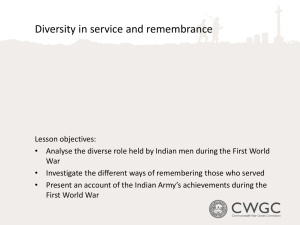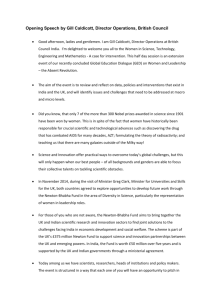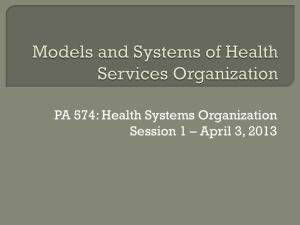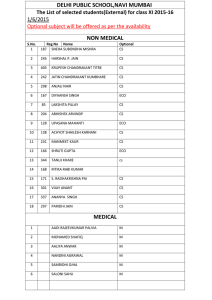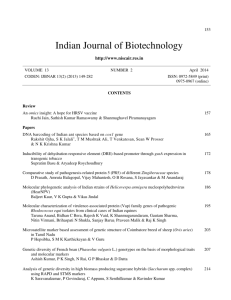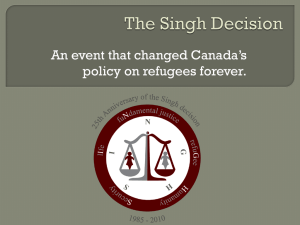Diversity in Service and Remembrance during SWW (PowerPoint)
advertisement
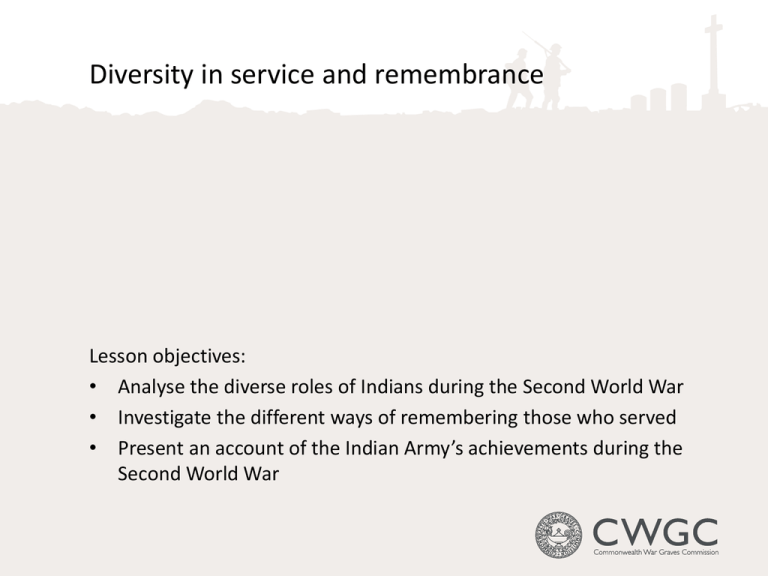
Diversity in service and remembrance Lesson objectives: • Analyse the diverse roles of Indians during the Second World War • Investigate the different ways of remembering those who served • Present an account of the Indian Army’s achievements during the Second World War India’s contribution to the war effort 1939 • 194,373 Indians in the Armed Forces (including 34,515 non-combatants) 1945 • The Indian Army had become the largest volunteer force in history - over 2.5 million people. By the end of the war: •24, 338 were killed •64, 354 were wounded •11,754 were missing 2 Discuss with your partner your initial thoughts on these figures of India and the Second World War. What do you already know about India’s involvement? Investigation and presentation Using the CWGC Forever India micro-site explore and investigate your topic. Each pair will produce a small presentation of their findings. As a class we will be producing a large case study of India’s involvement in the First World War. Once you have exhausted the website you may wish to further your investigation elsewhere. Each pair will be expected to present their historical investigation to your peers. 3 The topics we will cover in the class Selected facts Case study: Gabar Singh Negi Case study: Khudadad Khan Case Study: Kulbir Thapa Equality in Remembrance Headstone diversity Case study: Manta Singh Case study: Pahalsing Karki The Neuve Chapelle Memorial Respecting different faiths and religions Mesopotamia Campaign Hospitals Other memorials commemorating Indians in the First World War Case study: Ghulam Haider The Delhi Memorial (India Gate) Gurkha Rifles Case Study: Badlu Singh Case study: Shahamad Khan Case study: Gabar Singh Negi The Indian Army 4
